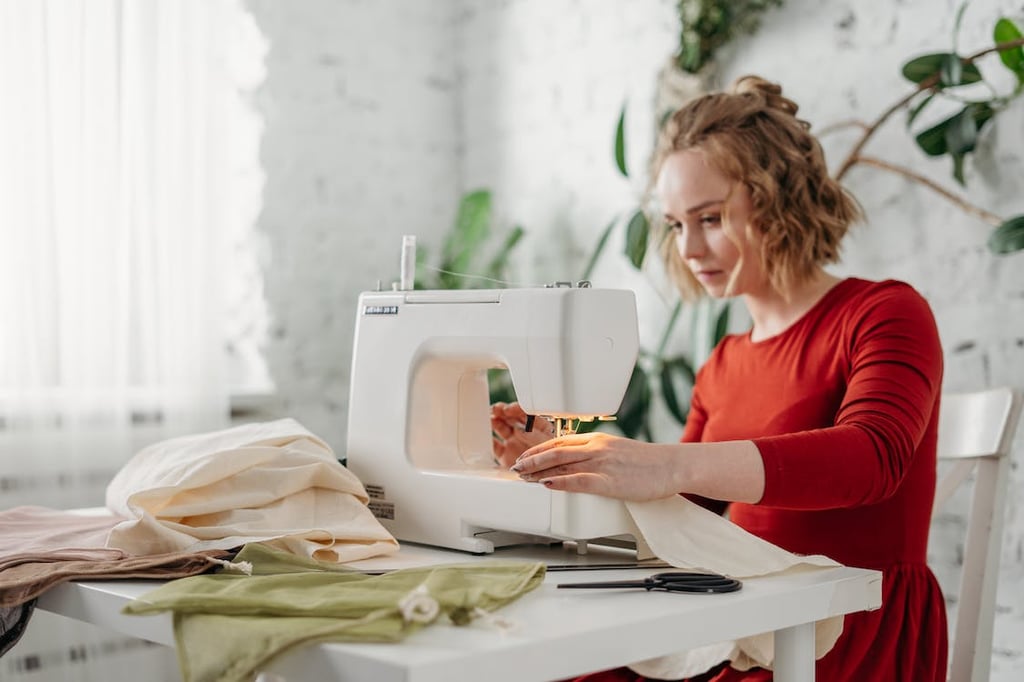Embroidery thread is a popular choice for adding intricate designs and decorative elements to fabric. However, many people wonder if it can be used in a sewing machine. In this article, we will explore whether using embroidery thread in a sewing machine is a feasible option and what considerations to keep in mind when doing so.
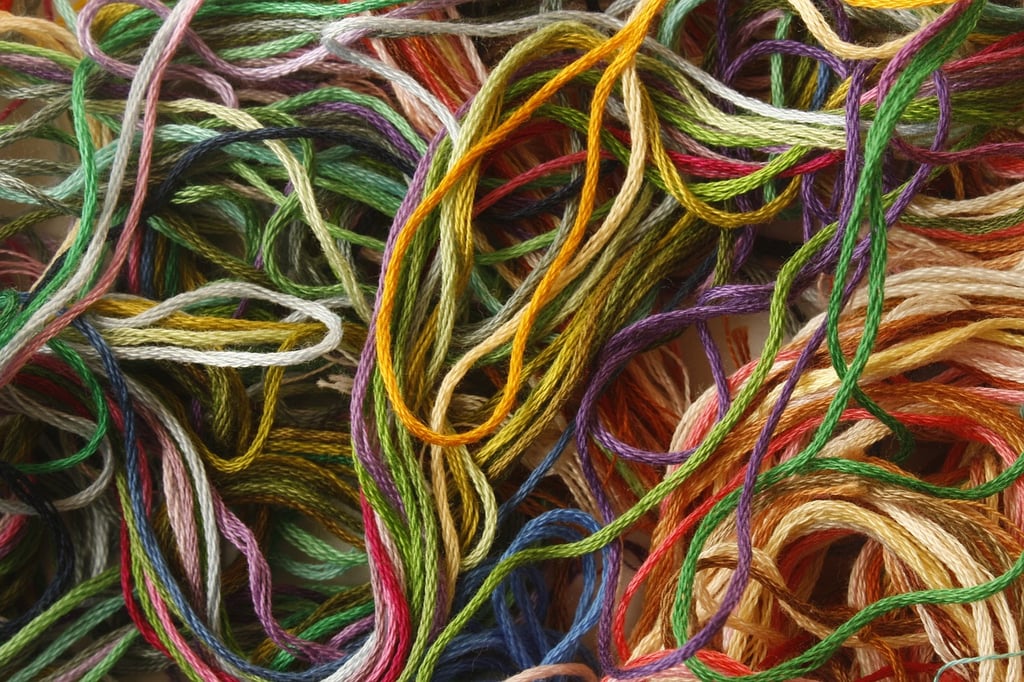
The Difference Between Embroidery Thread and Sewing Thread
Before we delve into the topic, it is important to understand the difference between embroidery thread and sewing thread. Embroidery thread is typically made of rayon or polyester and is specifically designed for creating intricate embroidery designs. It is thinner and more delicate compared to sewing thread, which is usually made of cotton, polyester, or a blend of both. Sewing thread is stronger and more suitable for stitching seams and hems.
Can embroidery thread be employed in a sewing machine?
The answer to this question is yes, you can use embroidery thread in a sewing machine. However, there are a few factors to consider before doing so. Firstly, the thickness of the embroidery thread may affect the tension settings on your sewing machine. It is essential to adjust the tension to accommodate the thicker thread to prevent breakage or uneven stitching.
Additionally, some sewing machines may have difficulty feeding the embroidery thread smoothly. This can result in thread jams or skipped stitches. It is advisable to test the embroidery thread on a scrap piece of fabric or consult your sewing machine's manual to determine if it is compatible with embroidery thread.
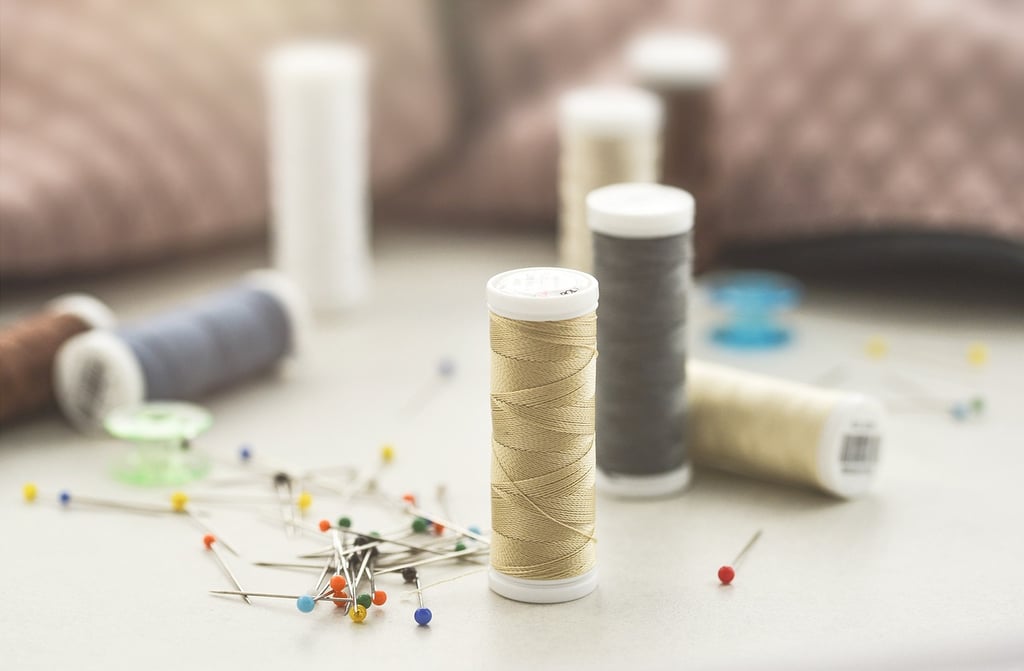
Comparison of embroidery thread and sewing thread both used on sewing machines
Purpose:
Sewing thread is primarily used for stitching fabric pieces together, while embroidery thread is used for decorative stitching or embellishments.
Thickness:
Sewing thread is typically thinner and more lightweight, suitable for creating strong and inconspicuous seams. On the other hand, embroidery thread is thicker and more visible, enhancing the aesthetic appeal of designs.
Material:
Sewing thread is usually made from polyester or cotton, offering strength and durability for regular sewing tasks. Embroidery thread comes in various materials like rayon, polyester, silk, or metallic, providing a range of textures and finishes for decorative purposes.
Varieties:
Sewing thread comes in a limited range of colors, often matching or complementing the fabric being stitched. In contrast, embroidery thread offers a wide array of vibrant colors, shades, and metallic options, allowing for intricate and detailed designs.
Tension and needle requirements:
Sewing thread is designed to work well with the standard tension settings of a sewing machine, and it can be used with regular sewing machine needles. Embroidery thread, however, may require adjustments to the machine's tension settings due to its thickness. It is recommended to use embroidery needles specifically designed for working with thicker threads.
Bobbin usage:
Both sewing and embroidery threads can be used in the bobbin, but the choice depends on the desired result. Sewing thread in the bobbin ensures a neat and inconspicuous seam, while using embroidery thread in the bobbin can create a more pronounced decorative effect on the underside of the fabric.
Cost:
Embroidery thread is generally more expensive than sewing thread, as it is often produced in smaller quantities and offers a wider range of colors and materials.
In summary, sewing thread is primarily used for functional stitching, providing strength and durability, while embroidery thread is used for decorative stitching, offering a variety of colors and finishes. The choice between the two depends on the desired outcome and the specific requirements of the sewing project.
There are several types of embroidery thread that are commonly used for regular sewing. Here are a few examples:
Cotton Thread:
This is one of the most popular types of embroidery thread used for regular sewing. It is made from 100% cotton fibers and is known for its strength and durability. Cotton thread is available in a wide range of colors and weights, making it suitable for various sewing projects.
Polyester Thread:
Polyester thread is another commonly used embroidery thread. It is known for its high strength and resistance to stretching and shrinking. Polyester thread is available in a wide range of colors and is particularly useful for sewing projects that require a strong and durable stitch, such as garment construction or upholstery.
Rayon Thread:
Rayon thread is a popular choice for decorative embroidery work. It has a beautiful sheen and a smooth texture that adds an elegant touch to any project. Rayon thread is commonly used for machine embroidery, appliqué, and decorative stitching.
Silk Thread:
Silk thread is considered a luxury embroidery thread and is highly valued for its lustrous appearance. It is known for its strength, smoothness, and ability to retain color vibrancy. Silk thread is often used for delicate and high-end sewing projects, such as heirloom stitching, couture garments, or fine embroidery work.
Metallic Thread:
Metallic thread is used to add a touch of sparkle and shine to embroidery projects. It is made by wrapping a thin metallic foil around a core thread, usually polyester or rayon. Metallic thread is available in various colors and finishes, including gold, silver, and holographic. It is commonly used for decorative stitching, embellishments, and festive designs.
These are just a few examples of embroidery thread used for regular sewing. Each type of thread has its own unique characteristics, and choosing the appropriate thread depends on factors such as the fabric, project type, desired finish, and personal preference.
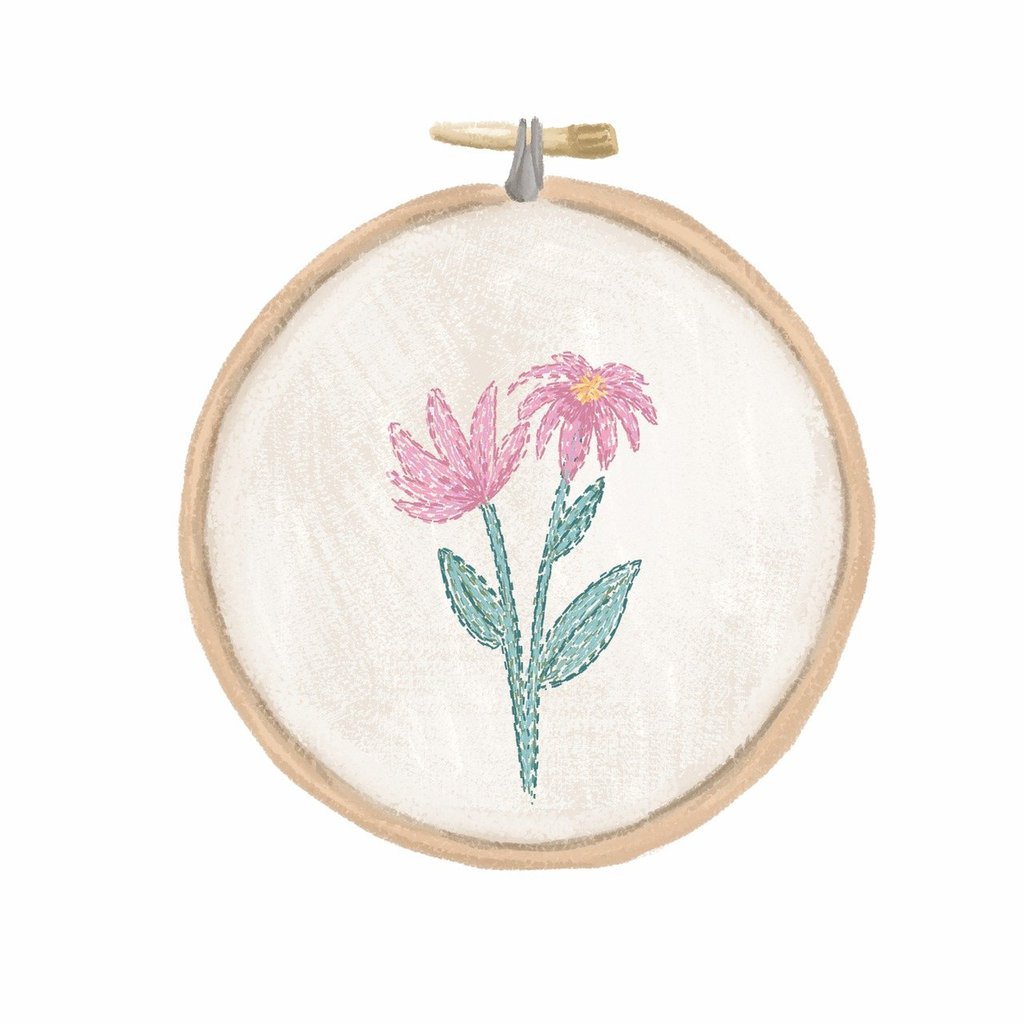
Tips for Using Embroidery Thread in a Sewing Machine
If you decide to use embroidery thread in your sewing machine, here are some helpful tips to ensure a successful sewing experience:
1. Check the compatibility
Ensure that the embroidery thread you are using is compatible with your sewing machine. Some machines may require specific types or weights of thread, so consult your machine's manual or contact the manufacturer if you are unsure.
Use the correct needle:
Embroidery thread is typically thicker than regular sewing thread, so it is important to use the correct needle size. A needle with a larger eye and a larger groove will accommodate the thicker thread without causing any tension issues.
Adjust the tension:
Embroidery thread may require adjusting the tension on your sewing machine. Too tight or too loose tension can affect the stitch quality. Experiment with different tension settings to achieve the desired results.
Slow down the speed:
Embroidery thread can be more delicate and prone to breakage, especially at high sewing speeds. Slowing down the sewing machine speed can help prevent thread breakage and ensure smoother stitching.
Test on scrap fabric:
Before starting your project, it is always a good idea to test the embroidery thread on a scrap piece of fabric. This allows you to check the tension, stitch quality, and thread compatibility before sewing on your actual project.
Consider using a thread stand:
If you are using large embroidery spools, it may be helpful to use a thread stand to ensure smooth thread flow. This can prevent the thread from getting tangled or causing unnecessary tension issues.
Monitor thread tension:
Keep an eye on the thread tension throughout your sewing. Occasionally check the thread's tension by pulling it through the machine and adjusting as needed. This will help maintain a consistent stitch quality.
Clean and maintain your machine:
Embroidery thread can create more lint and residue compared to regular thread. Regularly clean and maintain your sewing machine to prevent any build-up that may affect its performance.
By keeping these points in mind, you can ensure a successful and hassle-free experience when using embroidery thread on your sewing machine.

Other scenarios where embroidery thread is suitable
Can embroidery thread be used for cross stitch?
Yes, embroidery thread can definitely be used for cross stitch. In fact, it is one of the most commonly used types of thread for this craft. Here are some practical tips for using embroidery thread in cross stitch:
Choose the right thickness:
Embroidery thread comes in different thicknesses, usually labeled with numbers. The most common thickness used for cross stitch is six-strand embroidery floss. However, you can also use thinner or thicker threads depending on your preference.
Separate the strands:
Embroidery floss typically consists of six individual strands twisted together. For cross stitch, you usually use only a few strands at a time. To separate the strands, gently pull apart the desired number of strands from the rest of the floss. Most patterns will specify the number of strands to use.
Thread the needle properly:
When threading your needle, make sure to use a length of thread that is manageable for stitching. Cut a piece of thread, separate the strands, and then fold it in half. Insert the folded end into the needle eye, making sure the looped end is secured.
Use a needle with a large eye:
Embroidery thread can be thick, so it's best to use needles with larger eyes to accommodate the thread. Tapestry needles, with their large eyes, are popular choices for cross stitch.
Consider blending colors:
If you want to achieve shading or blending effects in your cross stitch design, you can experiment with blending different colors of embroidery thread. Mix and match strands of different colors to create unique variations.
Keep your thread organized:
Embroidery thread can easily tangle, so it's essential to keep it organized. You can use a thread organizer or create your own system to prevent knots and tangles. One popular method is to wind each color around a small bobbin or card and label it with the color number or name.
Remember to practice and experiment with different thread thicknesses and colors to find the ones that work best for your cross stitch projects. Happy stitching!
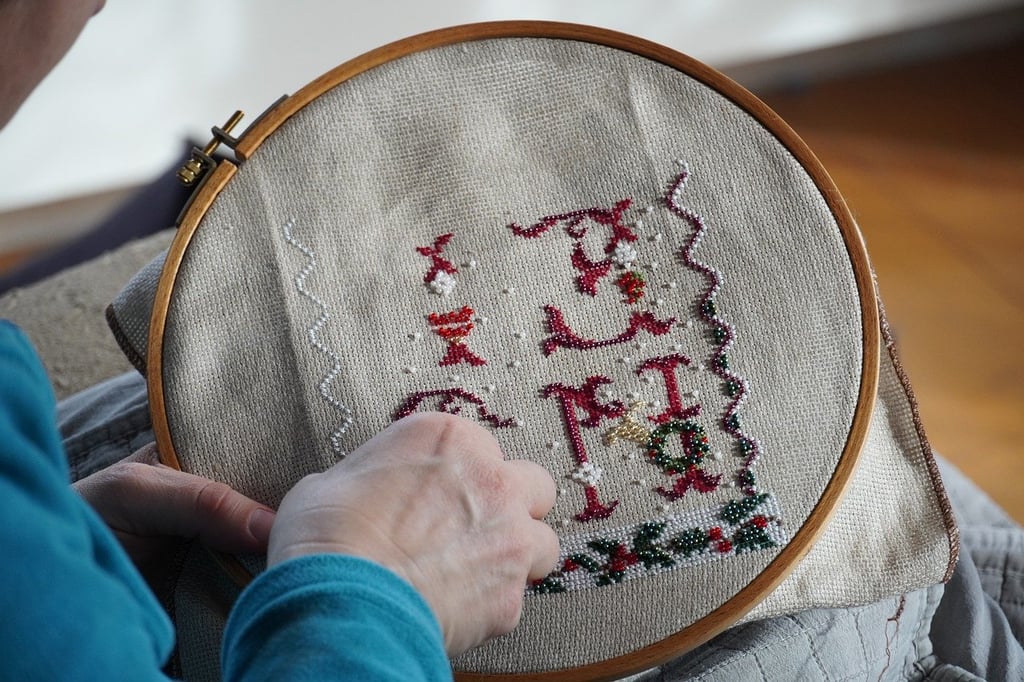
Can embroidery thread be used for quilting?
Yes, embroidery thread can be used for quilting. Here are some tips and tricks:
Thread weight:
Consider using a slightly heavier weight embroidery thread, such as a 40 or 50 weight, for quilting. This will help the quilting stitches stand out and add texture to your quilt.
Needle size:
Use a quilting needle with a sharp point and a slightly larger eye to accommodate the thicker embroidery thread.
Thread tension:
Adjust the tension on your sewing machine to accommodate the embroidery thread. Since it is thicker than regular quilting thread, you may need to loosen the tension slightly to prevent the thread from breaking or causing puckering.
Test stitching:
Before quilting on your project, do a test stitch on a scrap piece of fabric to ensure that the thread tension and stitch length are appropriate. This will help you make any necessary adjustments before working on your quilt.
Variegated threads:
Consider using variegated embroidery thread for quilting to create interesting color gradients and visual effects.
Hand quilting:
If you are hand quilting, embroidery thread can be a great choice. Just make sure to use a quilting needle with a larger eye to accommodate the thicker thread.
Bobbin thread:
Depending on the thickness of your embroidery thread, you may need to adjust the bobbin thread as well. Test the tension and make any necessary adjustments to ensure balanced stitching.
Remember to always test and experiment with different techniques and settings to find what works best for your specific project and preferences.
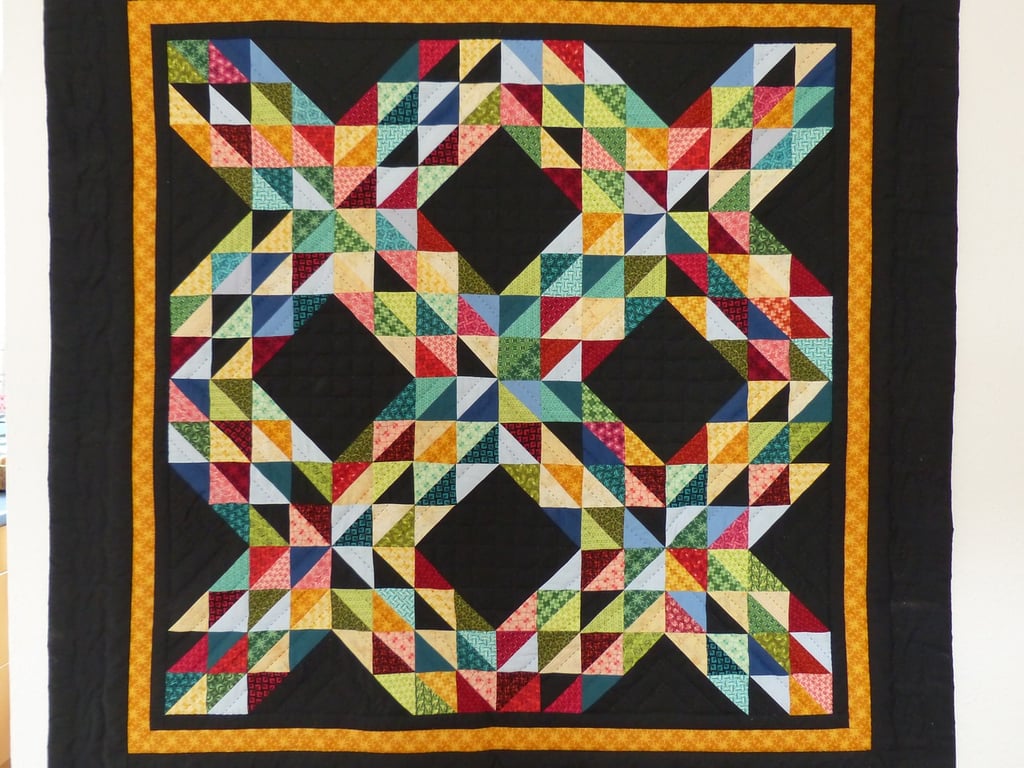
Can embroidery thread be used for hand sewing?
Yes, embroidery thread can be used for hand sewing. Here are some tips and tricks to keep in mind:
Choose the right needle:
Use a needle with a large eye to accommodate the thickness of the embroidery thread. A sharp needle is also recommended for easy penetration through the fabric.
Thread preparation:
Separate the embroidery thread into individual strands to achieve the desired thickness. Most embroidery threads are made up of multiple strands. For hand sewing, you may need to use only 1 or 2 strands depending on the thickness of the fabric and desired outcome.
Knotting the thread:
To start sewing, make a small knot at the end of the embroidery thread. This will secure it in place as you sew.
Threading the needle:
Threading a needle with embroidery thread can be a bit challenging due to its thickness. You can use a needle threader to make the process easier.
Sewing technique:
When sewing with embroidery thread, take care not to pull the thread too tightly, as it may cause the fabric to pucker. Maintain a steady tension to ensure smooth and even stitches.
Finishing off:
To secure your stitches at the end, make a small knot or backstitch a few times. Trim any excess thread.
Experiment with different stitches:
Embroidery thread can add a decorative touch to your hand sewing projects. Experiment with different embroidery stitches to enhance your sewing work.
Remember to practice and test your stitches on a scrap piece of fabric before working on your actual project. With some practice, embroidery thread can be a great option for hand sewing, adding color and texture to your creations.
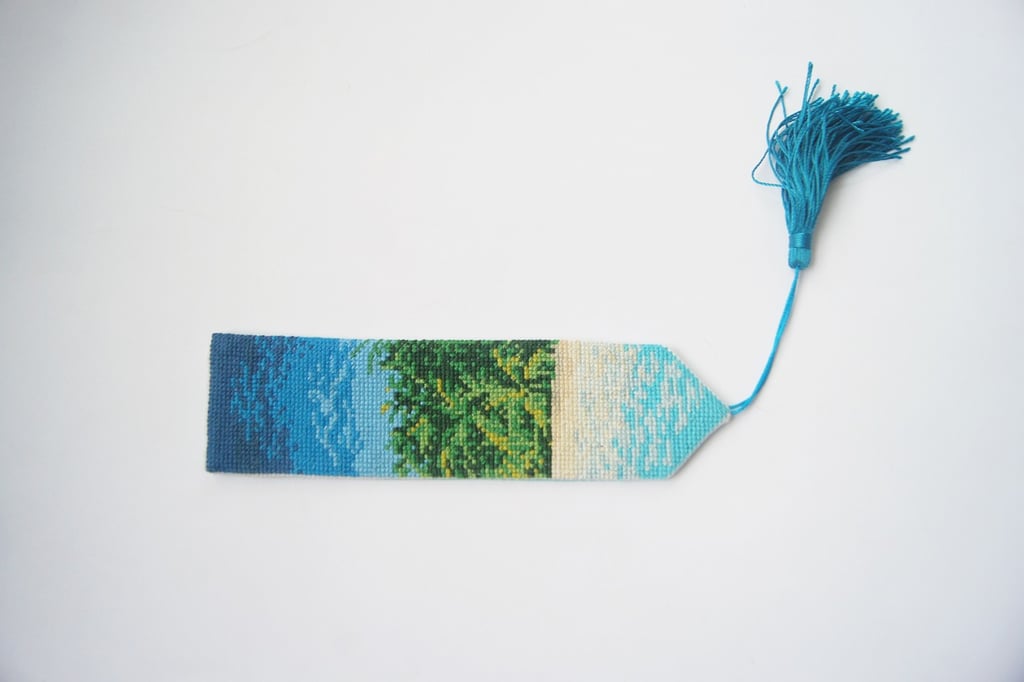
Conclusion
In summary, using embroidery thread in a sewing machine is possible, but it requires some adjustments and considerations. By adjusting the tension, using a suitable needle, and testing on scrap fabric, you can successfully incorporate embroidery thread into your sewing projects. However, it is important to note that embroidery thread may not always be the best choice for all types of sewing projects, especially those that require strong and durable seams. As with any sewing technique, practice and experimentation will help you achieve the desired results.

